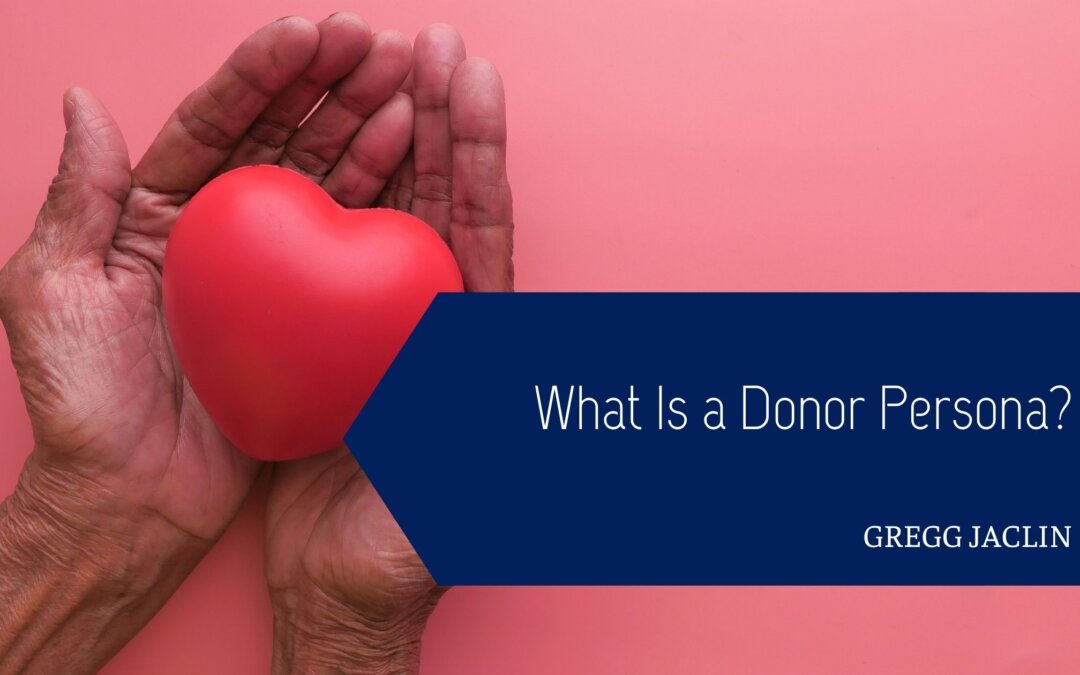A donor persona, also known as a donor profile or supporter persona, is a semi-fictional representation of an ideal donor or supporter for a nonprofit organization or cause. It is a detailed and research-based characterization that helps nonprofits better understand their potential donors’ motivations, preferences, behaviors, and demographics. Donor personas are created through data analysis, research, and empathy to develop a clear picture of the individuals most likely to support the organization’s mission.
Creating donor personas is a crucial part of nonprofit marketing and fundraising strategies. They serve as a foundation for tailoring communications, campaigns, and engagement efforts to resonate with and attract the right donors.
Importance of Donor Personas:
Targeted Communication: Donor personas enable nonprofits to create personalized and targeted communication strategies. By understanding donors’ preferences, communication styles, and motivations, organizations can craft messages that resonate with them on a deeper level.
Improved Engagement: Tailoring content to donor personas helps foster a stronger emotional connection between donors and the cause. This connection leads to higher engagement, increased loyalty, and a greater likelihood of long-term support.
Efficient Resource Allocation: Nonprofits often have limited resources, so using them efficiently is essential. Donor personas help organizations prioritize efforts and allocate resources to the channels and campaigns most likely to attract and retain suitable donors.
Enhanced Fundraising: When nonprofits understand the specific triggers that prompt donors to give, they can design fundraising campaigns that tap into those motivations.
Deeper Insights: Donor personas provide valuable insights into donor behavior, interests, and needs. This information can guide organizations in developing new programs, events, or initiatives that align with donors’ preferences.
Developing Donor Personas:
Research: Gather data from various sources, including donor databases, surveys, and social media analytics. Analyze donation history, demographic information, communication preferences, and any available feedback.
Segmentation: Group donors with similar characteristics and behaviors into segments.
Interviews and Surveys: Conduct one-on-one interviews or surveys with existing donors to understand their motivations, values, and interests.
Demographic Information: Collect demographic data such as age, gender, location, income, and occupation. This information provides a basic understanding of the donor’s background.
Psychographic Information: Dive into the donor’s psychographic profile, including their values, beliefs, hobbies, interests, and lifestyle.
Communication Preferences: Determine how donors prefer to engage with the organization.
Challenges and Goals: Identify any challenges or obstacles donors face in their daily lives and their personal goals and aspirations. This insight helps tailor messaging that addresses their specific needs.
Narrative Creation: Compile the collected information into a detailed narrative that vividly depicts the donor persona.
Validation: Validate the donor personas by comparing them to the organization’s existing donor base.
Regular Updates: Donor personas are not static. Regularly update and refine them as you gather more data and insights about your donors.
Organizations can tailor their messaging, campaigns, and engagement strategies to resonate more effectively by understanding donors’ motivations, preferences, and behaviors. This personalized approach not only enhances donor relationships but also contributes to the overall success of the nonprofit’s mission.

